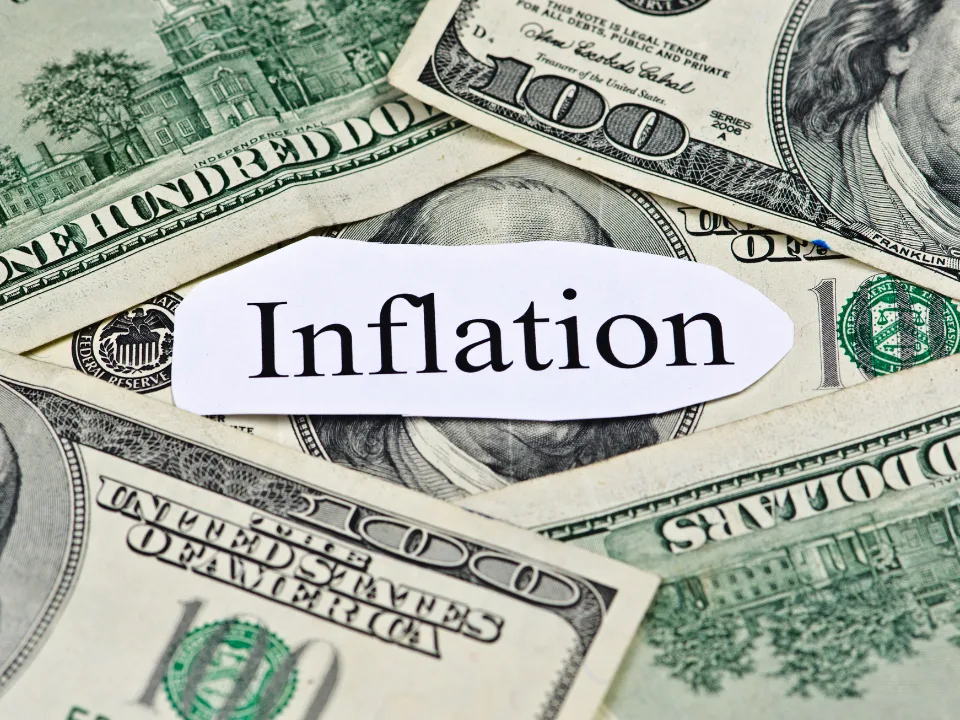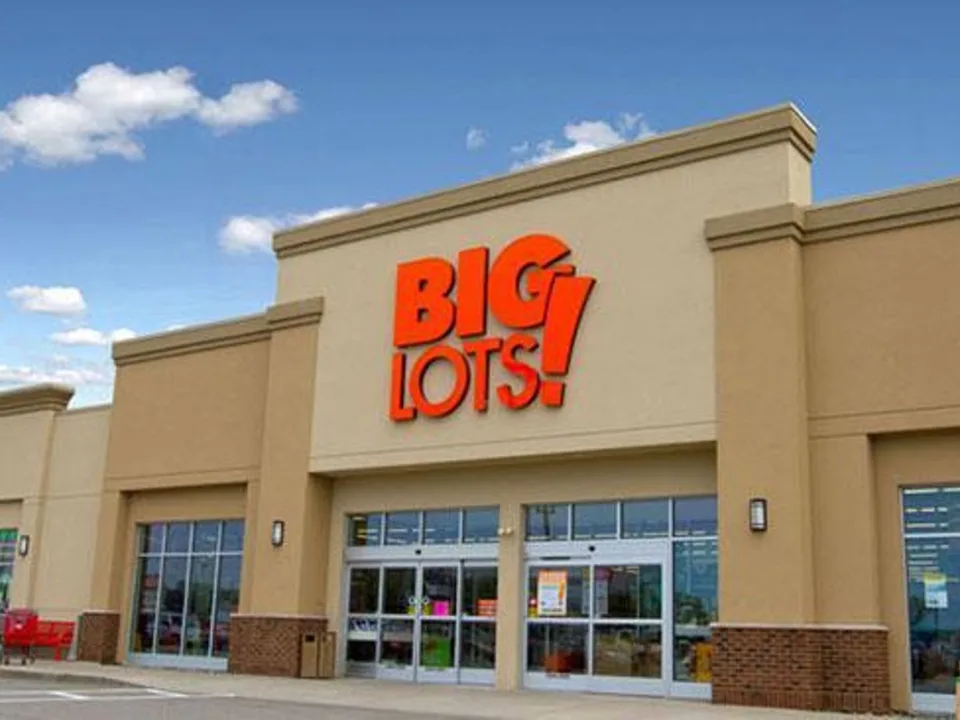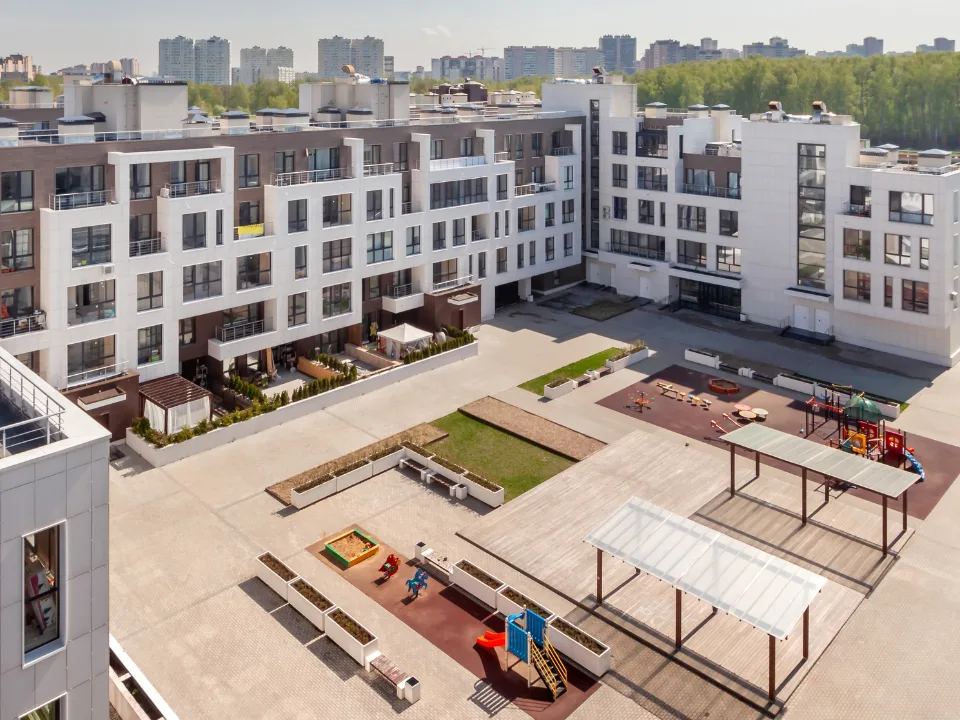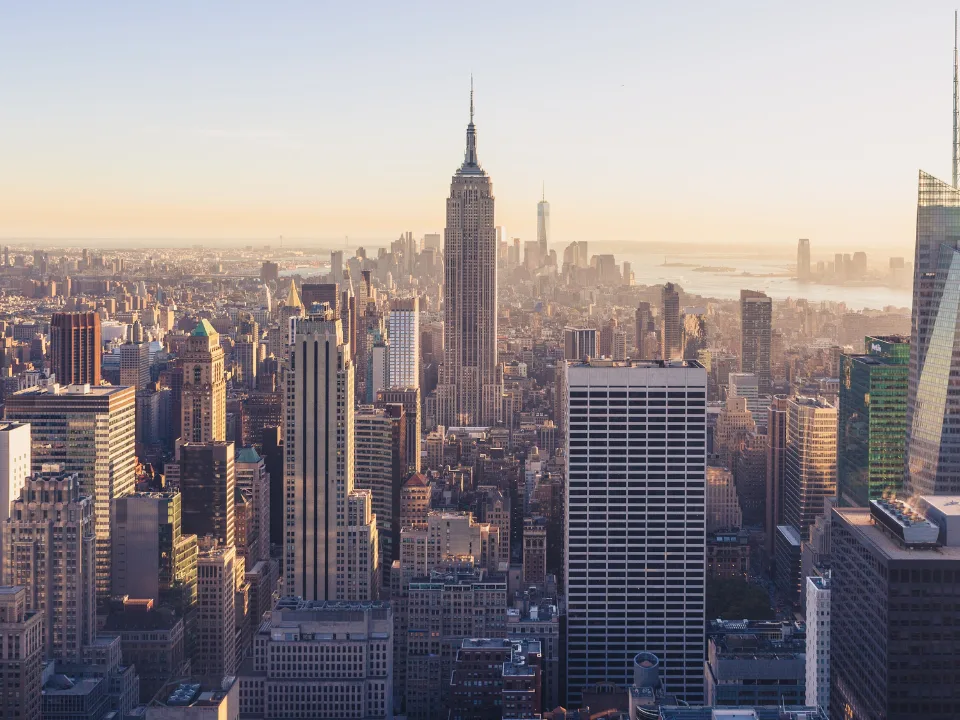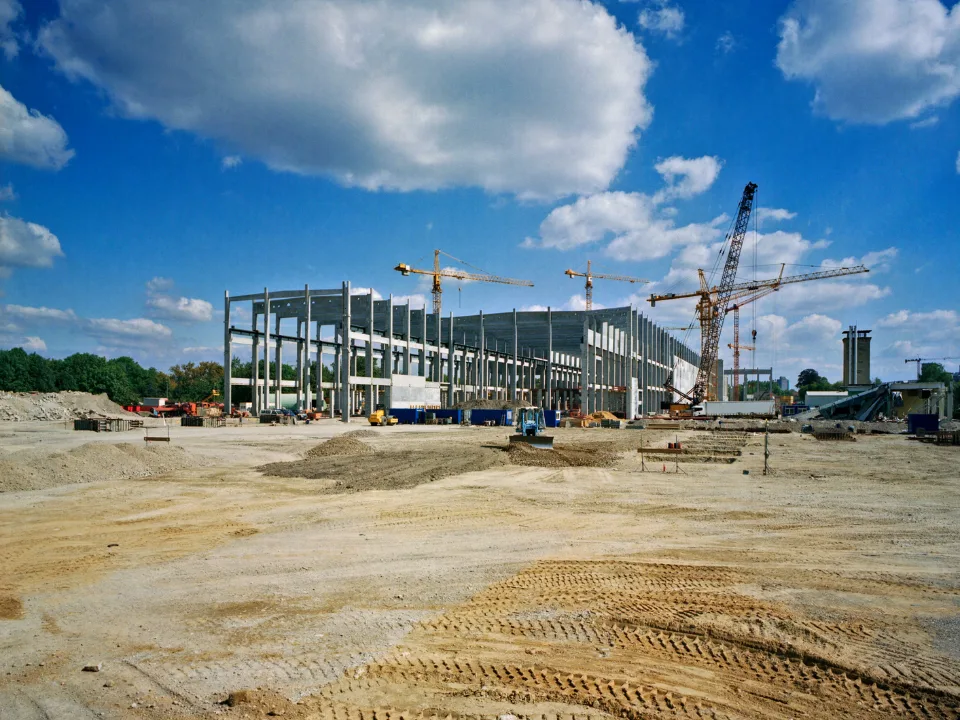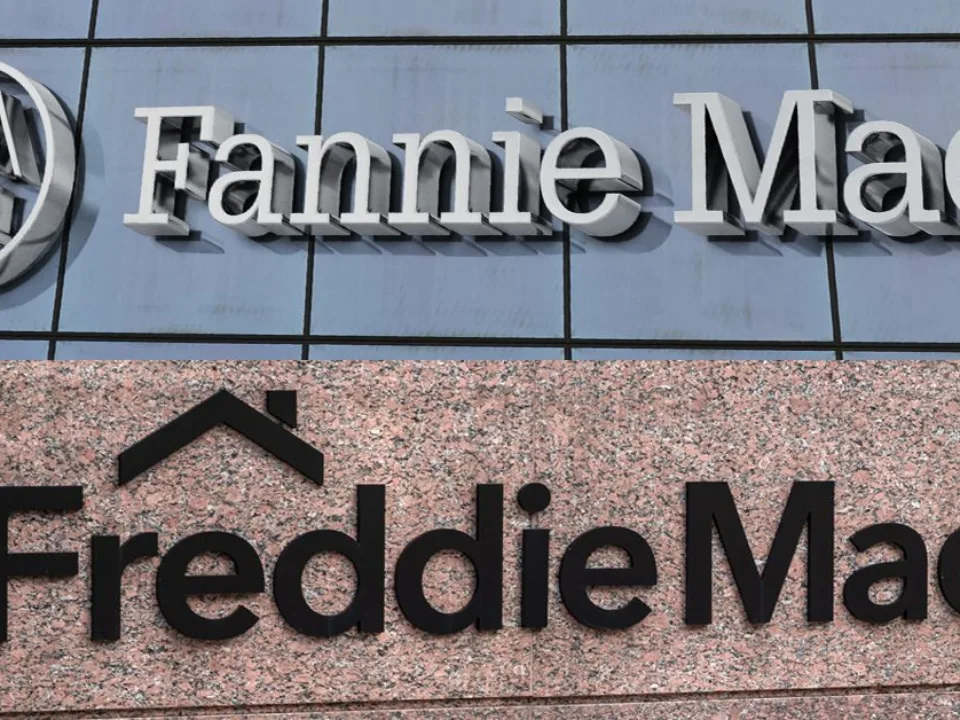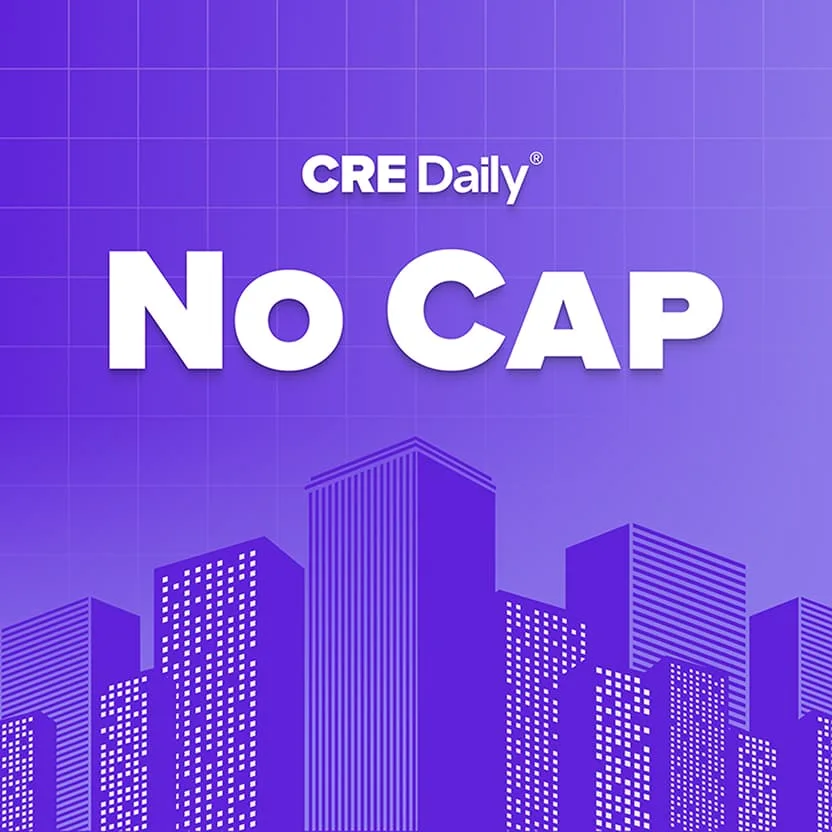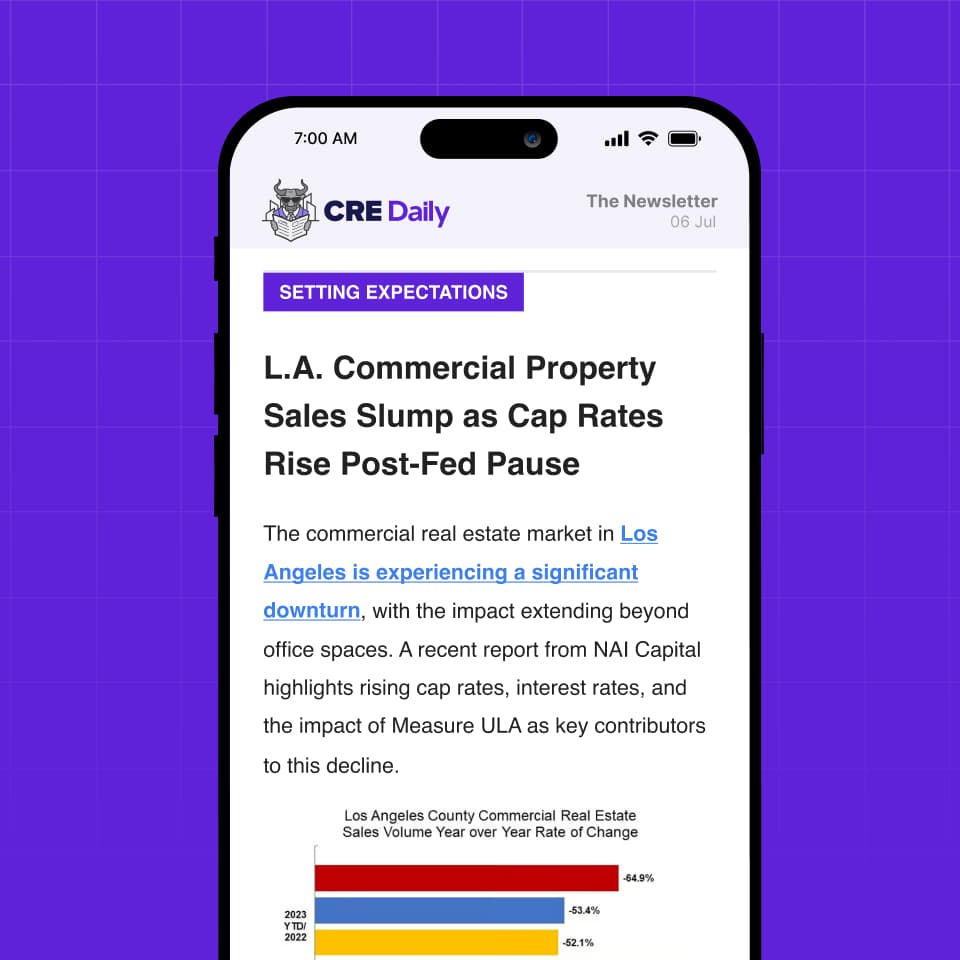- The Green and Resilient Retrofit Program (GRRP), a $1.4B HUD initiative supporting sustainable multifamily retrofits, was quietly shelved in March, raising concerns among developers and lenders.
- HUD officials claim GRRP is still under evaluation, but industry insiders say commitments are no longer being honored, leading to stalled projects and uncertain underwriting.
- Cuts and staffing concerns at Fannie Mae and Freddie Mac are compounding fears that delays and financing bottlenecks could deepen in the months ahead.
- The broader multifamily financing landscape is increasingly unstable, with project pipelines at risk due to unclear federal support and rising capital costs.
The Fallout of GRRP’s Disappearance
Once considered a cornerstone of sustainable housing policy, HUD’s Green and Resilient Retrofit Program (GRRP) is now a ghost of its former self. According to GlobeSt, though $1.4B was earmarked through the Inflation Reduction Act to back efficiency upgrades in HUD-assisted properties, the program was shut down on March 12, 2025.
GRRP’s archived webpage is now a dead end, and while HUD says the program is under “evaluation,” developers say they’ve been told written approvals won’t be honored.
Projects in Limbo
Lauren Zullo of Jonathan Rose Companies voiced the industry’s growing concern, telling Bloomberg, “Without these commitments that have already been made by the federal government, these projects won’t be able to proceed at all.”
Developers relying on GRRP grants or loans to improve efficiency, reduce emissions, or install renewable energy systems are scrambling to reevaluate their capital stacks. Without GRRP support, projects could face significantly higher financing costs or be scrapped altogether.
Get Smarter about what matters in CRE
Stay ahead of trends in commercial real estate with CRE Daily – the free newsletter delivering everything you need to start your day in just 5-minutes
Broader Financing Instability
The uncertainty goes beyond GRRP. Downs points to widespread ambiguity around all types of multifamily financing, with unclear federal priorities and shifting support from HUD, Fannie Mae, and Freddie Mac.
Rumored staffing reductions at the agencies could worsen processing delays and add to developer hesitancy, she added.
Why It Matters
The disappearance of programs like GRRP doesn’t just delay individual projects; it risks undermining national goals for sustainable housing, especially in low-income communities where HUD-backed upgrades are most critical.
“All the energy efficiency and green energy upgrades—that just won’t happen,” Downs warned.
With climate-related retrofits off the table and traditional financing sources stretched thin, the sector increasingly relies on clear, consistent federal support—something the current landscape is failing to deliver.
What’s Next
Without renewed clarity or a replacement for GRRP, developers are expected to pause green retrofit efforts or seek costlier private capital, potentially impacting affordability and sustainability goals nationwide.
Industry stakeholders are now watching closely for official guidance from HUD and the White House as uncertainty continues to cloud the future of multifamily financing.
